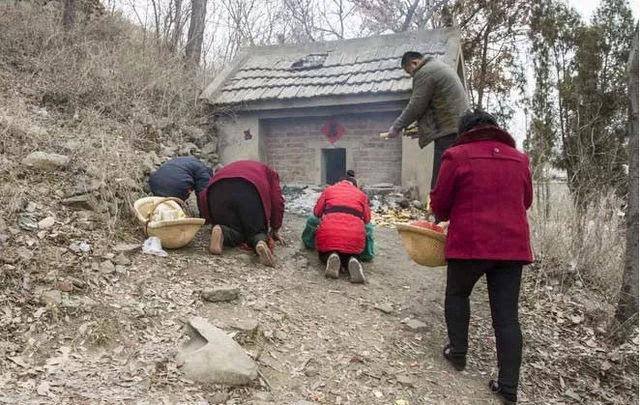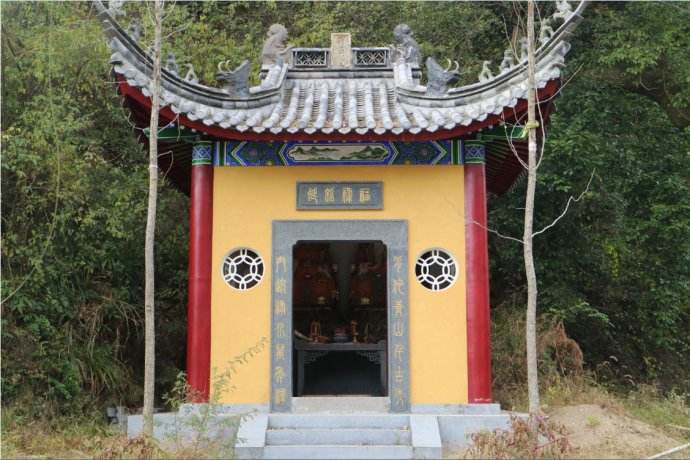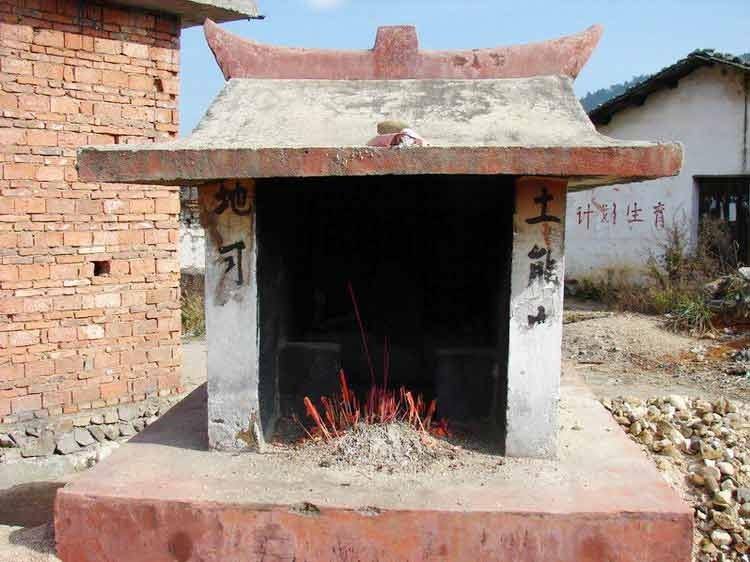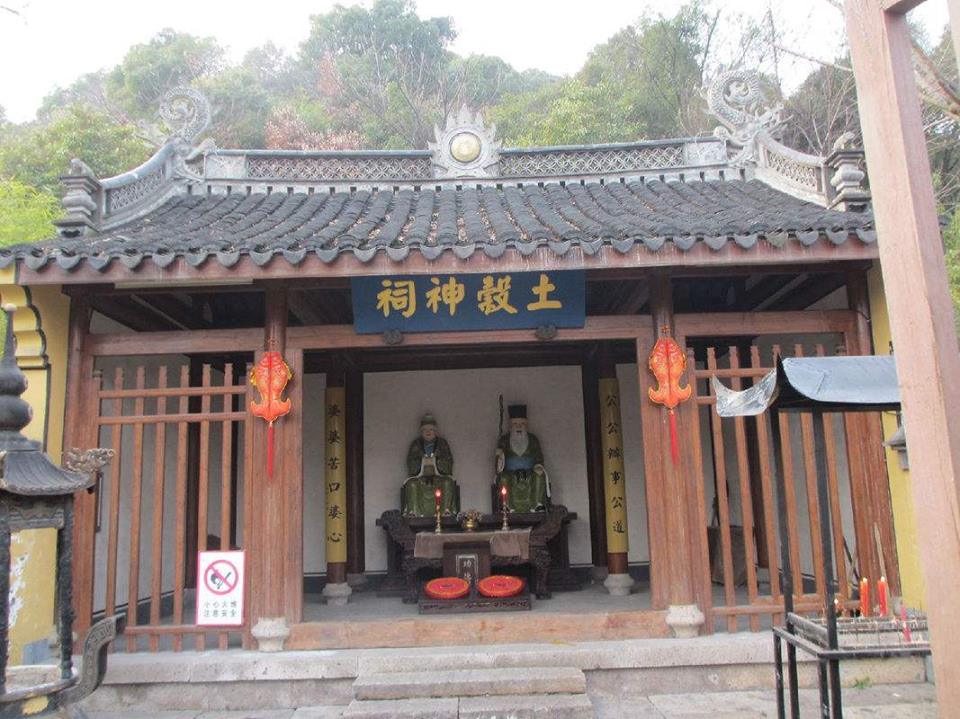GAOYOU CITY, Yangzhou, China – Local officials in the village of Baofeng in the Chinese city of Gaoyou, which is part of the Yangzhou prefecture within the Jiangsu province, have destroyed some 5,911 temples of a traditional folk religion. The shrines were dedicated to Tudigong, usually translated as the “Lord of the Soil.” The deity is understood as the guardian of the community in which the shrines are created and he – or rather his manifestation – is venerated as part of revering the land and location. Tudigong, in that sense, is not unlike other tutelary spirits like the daemons and genius loci of Greek and Roman religions.
A different manifestation of Tudigong, or possibly an inherited title of Tudigong, is Fudi Zhengshen, the righteous god of virtue and blessing. Legend describes Fudi Zhengshen as a government tax collector who identified with the poor and committed himself to working on their behalf. In this mortal manifestation, he had great longevity and his body was incorruptible after death. Tudigong’s altar is often placed close to the floor of a dwelling while Fudi Zhengshen’s altar is placed near the ceiling.

Tudigong Shrine in Taipei Credit: HAL-Guandu [WIkiMedia Commons CC BY-SA 4.0]
Those altars are part of private venerations. There are festivals – especially in Taiwan – to Tudigong that occur in the lunar calendar cycle. There are also community forms of veneration. In traditional Chinese folk religion, communities often set aside a portion of their land to create a shrine that honors Tudigong’s presence in the area. The destroyed temple complex had been the work of local farmers whose donations had slowly built it over the past 23 years. Family members meet at the temples and provide offerings to Tudigong
Local officials began the destruction of the local temple complex in February 2019 and completed it during the following month. The nature of the complex was not clear. Local agencies suggested that the total land of the temple complex was 782,321 sq. ft (72680 m2) on which existed a single building of 425,400 square ft. (39521 m2 ). For comparison, a soccer field is about 64,000 sq. ft. (7,140 m2) where as a U.S. Football field is about 57,600 sq. ft (5,350 m2).
Local officials also noted that 20-30 households maintained each of the temples within the complex. The temples that were once modest mud constructions were now considered “luxurious” by local officials who noted that the temples included amenities like copper stoves, tiling and even marble.
The head of Gayou City’s Land and Resources zoning enforcement office, Mr. Yan Jianjiang, told the state-run Chinese Xinhua News Agency that “The land temple is basically an illegal building, which occupies a large number of rural cultivated land and urban public facilities.” Officials noted that the reason for eliminating the temple was to promote the public good. The shrines were demolished as part of the city’s clean-up plan to improve its “air quality” and “spiritual civilization.”
Mr. Pan Jianqi, a council member of the Gaoyou municipal committee and director of city’s publicity department explained to Xinhua that, “Promoting the construction of spiritual civilization is a vital responsibility. This is an important duty of our new era of civil practice.” He added that the elimination of the “illegal land temple” is responsive to community concerns.
About 7,500 sq ft. (700 m2) of the demolished temple space has now been partially replanted with fragrant osmanthus trees, a type of sweet olive that is used to infuse teas and is part of traditional medicine. The tree holds a cultural association in Chinese traditions. It is said to grow on the moon and is cut by Wu Gang, a figure in traditional Chinese folklore who is given this endless punishment of cutting the trees much like the Western Sisyphus. The reason for his punishment varies by source but some claim him to be a murderer while other sources related it as the result of his lazy commitment to Taoism. It is, however, not clear if the selection of the tree is related to the cultural associations.
Xinhua reports that residents marveled at the area’s transformation, noting that the trees will help clear the smog. Responses on social media were mixed. Many social media commentators praised the decision as it brings people closer to Christianity or Islam. None appeared to be from the area. Others were saddened by the report. One respondent commented “So sad to see a people’s culture destroyed, so sad to see a people’s history erased.”
Despite the community loss, one deputy mayor of a distant town with an unstated connection to Gaoyou was less concerned about history and more excited about money. He suggested villagers would save a great deal of money, possibly thousands. As one resident in favor of the destruction enthusiastically told Xinhua, “the most immediate benefit of clearing the land temple is to save a lot of incense money for the villagers.”
The People’s Republic of China has a policy of state atheism. The size and number of adherents to folk and traditional religions of China is difficult to determine but the China Family Panel Studies, an inter-university collaborative research group between Peking University and Princeton, grouped non-religious and Chinese folk religions together accounting for almost 74% of the population.
The Wild Hunt is not responsible for links to external content.
To join a conversation on this post:
Visit our The Wild Hunt subreddit! Point your favorite browser to https://www.reddit.com/r/The_Wild_Hunt_News/, then click “JOIN”. Make sure to click the bell, too, to be notified of new articles posted to our subreddit.




